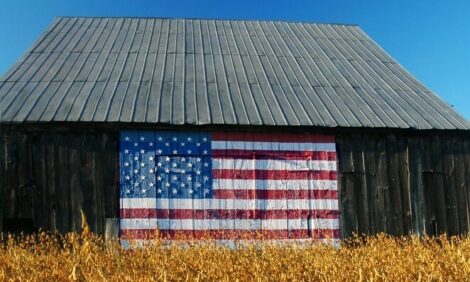



Poultry Meat as a Valuable Biodiesel Source
INDIA - Dr John Abraham, a research scholar in the Veterinary College and Research Institute (VC&RI), here has developed processes that can extract biodiesel from poultry carcases in a cost-effective manner. The project for his PhD won four gold medals.According to statistics available with the Tamil Nadu Veterinary and Animal Sciences University, the daily average mortality rate of egg laying chicken is 0.03 per cent. “On an average about 4,000 birds die everyday. About 90 per cent of them are disposed of under unhygienic conditions (thrown in the open),” Dr Abraham noted.
Unscientific methods of disposal of carcases leads to pollution of ground and surface water, obnoxious odour and health hazards through indiscriminate breeding of micro organisms and house flies. According to The Hindu, there are many incidents of conflicts between the poultry farmers and residents over open disposal of dead birds.
Calculating the annual mortality rate at 12 lakh birds in this district, he realised the opportunity in the form of extracting fat of dead birds and producing biodiesel from two different methods. While each bird weighs about 1.5 kg, fat constitutes 14.5 per cent of the bird’s weight.
“Of the two methods, solvent extraction method makes it possible to extract 97 per cent of the bird’s fat and needs six birds for extracting a litre of diesel. Sixty-three per cent fat extraction is possible through centrifugal method and requires 16 birds for producing the same quantity of diesel,” he noted.
“The cost of producing a litre of diesel using centrifugal method is Rs. 35.68 per litre, against the solvent extraction method where it is only Rs. 22 per litre. Every year, two lakh litres of biodiesel could be produced with layer birds that die in poultry farms in Namakkal through solvent extraction. Establishing a solvent extraction plant costs Rs. 2.5 crore (around US$406,428.69), which is more than establishing a centrifugal plant,” he said.
Dr Abraham added that the biodiesel could be used as a low-cost blend with diesel at 20 per cent with 80 per cent of diesel, which has been successfully tested and put to use. The quality assessment of biodiesel from poultry carcass was done at the Center of Excellence in Bio-Fuel at the Tamil Nadu Agricultural University. TANUVAS has applied for a patent for the processes. Head of the Department of Livestock Production and Management, VC&RI, Ramesh Saravanakumar, who was the guide for the project, said that waste such as fat collected from chicken stalls could also be used for producing biodiesel.
“These wastes have a better conversion rate as fat is directly available and could be of use for large-scale chicken meat processing units by making disposal of wastes easier,” he added.











